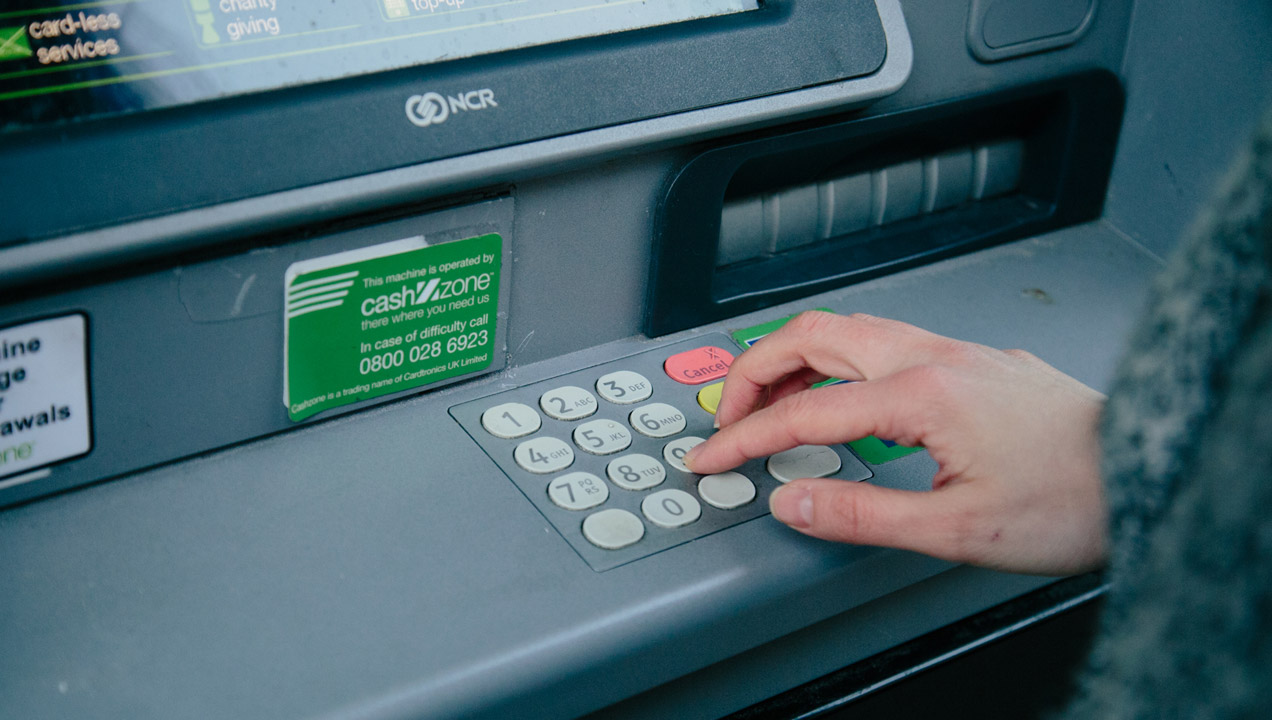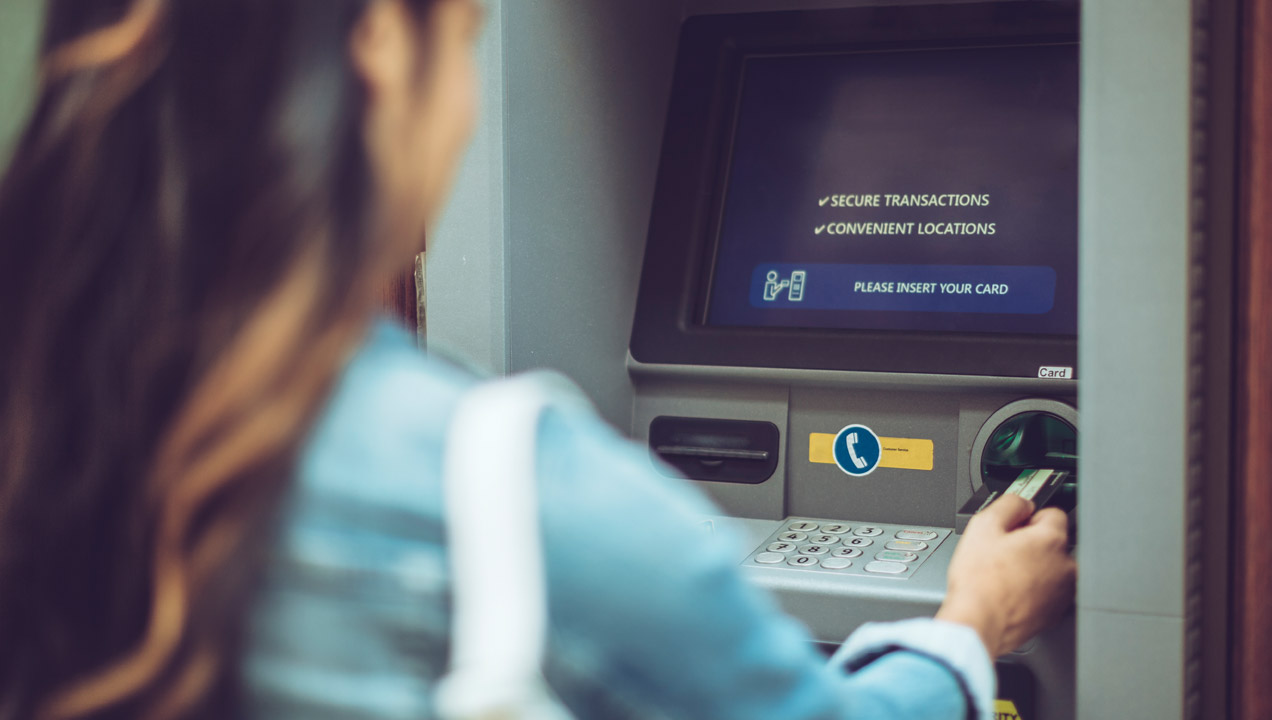Happy Birthday ATMs: 50 years of the Shopaholic’s Best Friend
Happy Birthday to the noble ATM, the least appreciated and most used of all banking innovations. Since the very first model was installed by Barclays Bank in London, the Automated Teller Machine has been faithfully spitting out money on demand for the last 50 years.
Ideas similar to the ATM had been kicking around for a few years before, including the short-lived Bankograph machine in New York which was removed after only 6 months due to a lack of public trust, but it was only when John Shephard-Barron of De La Rue Printing stared long and hard at a chocolate vending machine and wondered why it couldn’t drop bundles of cash instead of tasty treats that the ATM as we know it today came into being.
The early days of the ATM actually tell us an awful lot about how new technology is adopted. After the initial failure of the Bankograph, a deposit rather than withdrawal machine, the American banks were very reluctant to invest in ATMs despite their growing popularity in Europe. In Europe, there had been some initial reluctance to trust the machines but when given the option to withdraw cash out of hours or skip the queue for a teller people soon learned to adapt. Meanwhile from the bank’s perspective, the ATM saved hours upon hours of work, counting and double checking any cash that was being handed out and taken in.

The reluctance to adopt new technology isn’t always on the side of the end user; sometimes it has more to do with the cost of installing a brand-new piece of cutting edge technology into your building, and very occasionally it has to do with the decision makers being out of touch with public opinion. When the major banks finally caved and installed ATMs in America they were a roaring success.
The ATM has come a long way since the early days when you needed a specially punch-coded slip from the teller to use them. Both security and complexity of the services offered have been gradually increasing as time goes on. In South Korea talking ATMs are the current trend, much to the confusion of visitors from their more rural neighbouring nations. But the latest ATMs being produced in America and Europe have displays that look more like a tablet computer than the looming mass of metal that older users are accustomed to. Which can be something of a security concern. While information used to be hidden from passers-by on a tiny screen and the user could be safe in the knowledge that nobody was behind them thanks to all of the intentionally reflective surfaces that made up the old ATMs, the new design has to have more complex security built into it.
Some people believe that the day of the ATM is coming to an end. New advances like crypto-currency, banking apps and contactless payments are simplifying the practical possibilities of a cashless society. While it is true that the amount of cash being used on a daily basis has gone down as a percentage, the amount of cash changing hands worldwide continues to rise. Still, like all smart operators in times of change, the ATM is learning to diversify. In addition to being able to withdraw cash from your account anywhere in the world at the current exchange rate, modern ATMs are now offering bank loans, credit cards, mortgage advice; services that you would once have had to schedule an appointment with your bank manager to experience.

Beyond that, some ATMs in Asia also allow the purchasing of train and concert tickets, some offer video games, lottery tickets and video-conferencing with a teller. Donating to charities with a touch and automatically counting coins are other features that are being considered. There are even some banks trialling ATMs that use biometric scanners to identify the users, both for security and to customize the experience in exactly the same way that the banks Apps do.
As AI marches on, the adaptability of the ATM grows with it, with the clear intention for it to eventually become a replacement for the whole front-end of the banking business. The only potential problem with completely removing the human element from customer interactions is that designed experience suddenly becomes the only real point of interaction between the bank and the user, increasing its necessity and value immensely. The banks are trying to counter this with more personalized ATM experiences, like a quick withdrawal option reflecting the amounts that users usually take out. The downside of all of this expansion is that with more features on offer, each transaction might take longer, causing frustration in the queue.
The future of the ATM might still be in flux, but for the last five decades they have been giving us the cash we need to make stupid impulse purchases, and for that we thank them.
